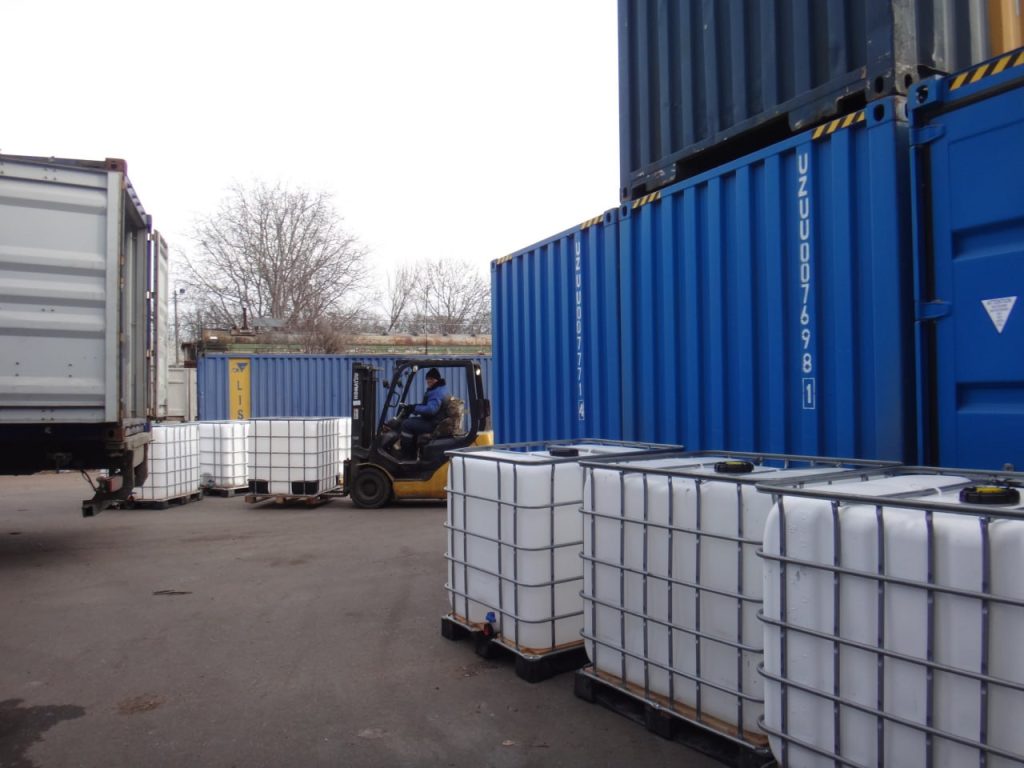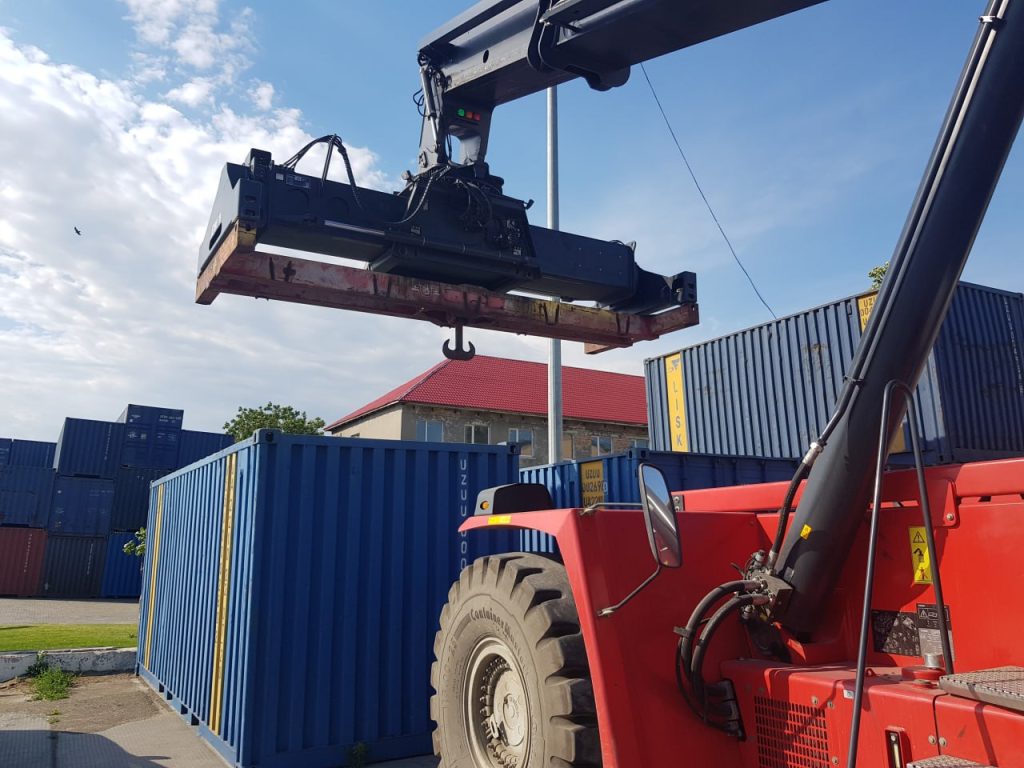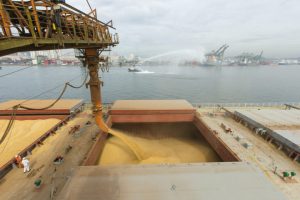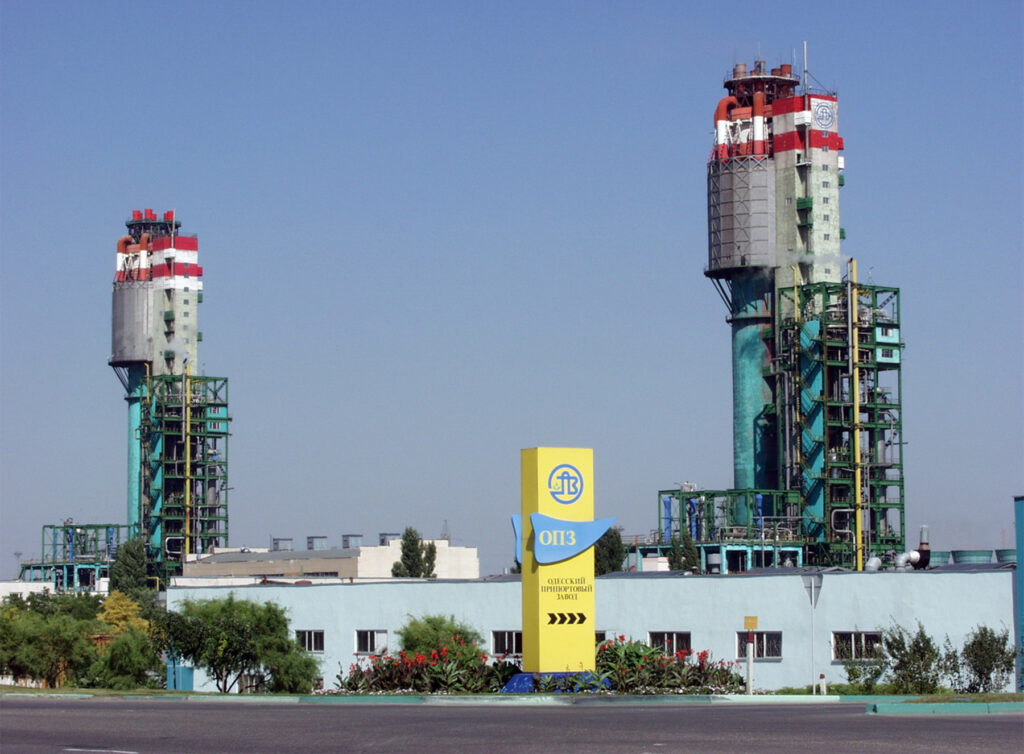Container logistics: is there a future for the ports of Great Odesa?

One of the most pressing priorities for Ukrainian export logistics in the near future is the diversification of logistics routes. This thesis is associated with numerous military risks and challenges that are often difficult to predict. Since the beginning of the full-scale invasion, Ukraine has faced the blockade of the ports of Great Odesa, the blockade of the borders from the Polish side, shelling of port infrastructure and a number of other significant complications for the logistics sector.
Pavlo Linnyk, CEO of the logistics company Global Ocean Link, and Volodymyr Guz, Commercial Director of GOL, share their thoughts on the diversification of routes, military risks and where logistics is easier: in the ports of the Odesa region or Poland.
Problems and solutions
In the conditions of the listed challenges, the Danube ports, as well as the land borders in the west of the country, have become important reserve logistics routes. Today, the Danube ports have lost their competitiveness, given the price factors. The prices of railway logistics and transshipment are high. Therefore, it is not for nothing that experts in the field often emphasize that this logistics route may be lost, since it is now difficult to bring it even to the break-even level. In view of this, at the state level it is worth looking for ways to support the functionality of these ports as a component of possible alternative routes, which in the event of unforeseen situations on the market may become relevant. Thus, the ports of Great Odesa as of today perform an extremely important function in the overall structure of transportation. However, the situation in which they are almost the only profitable option for export looks very precarious in war conditions.
Ports of Odesa and Poland: where logistics are simpler
Using Polish ports for Ukrainian exports seems to be one of the potential solutions. However, on the Polish border, veterinary and sanitary-epidemiological control is much more thorough and burdened with bureaucratic procedures. Therefore, logistics through the ports of Odessa is simpler in this aspect. This should be taken into account when planning a logistics route.
Speaking of Polish ports, it is worth mentioning Gdansk and Gdynia. Gdansk is the largest Polish port on the Baltic Sea. Among its advantages, it is worth noting:
• a modern container terminal;
• direct services from Asia;
• connection to the European transport network via railways and highways.
The port of Gdynia is located not far from Gdansk. Despite its compact infrastructure, it has modern transshipment capacities.

Constanta in Romania
The Romanian port of Constanta also plays an important role in maritime logistics. At one time, it was on this train that ships actively sailed from Izmail and Reni, when the ports of Great Odesa were blocked. This port is characterized by such advantages as:
- the presence of deep-water berths up to 19 meters;
- innovative transshipment capacities;
- specialized terminals;
- large warehouse complexes.
Thus, the popularity of this Romanian port is also quite understandable.
Odesa ports and military risks
The three ports of Great Odesa, namely Odesa, Chornomorsk and Pivdennyi, played a crucial role in global maritime logistics before the start of the Great War. They could offer not only competitive infrastructure capacity, but also a favorable pricing policy in the context of rates.
Let’s consider some figures to analyze container turnover in the ports of Odesa, starting from 2025. According to AMEU data, in the first half of 2025, Ukrainian seaports processed 96,298 TEU, of which:
- export — 48,716 TEU;
- import — 44,495 TEU;
- transit — 3,087 TEU.
If we analyze this in comparison with pre-war indicators, these figures will be significantly lower, but they indicate that, despite the difficult military situation, Ukrainian logistics is developing. This is also evidenced by indicators of international trade. For example, in the first half of last year, its volume was $52.7 billion, and this year it is $58.3 billion.
Conclusions
So, as of today, war risks are making their adjustments and encouraging businesses to search for international logistics hubs, where the choice is often made in favor of Gdansk and Gdynia, or Constanta. The security factor plays an important role. In addition, a limited number of shipping companies working in the field of container transportation work with Ukrainian ports. And insurance and freight rates in unpredictable conditions do not provide opportunities for planning long-term interactions.
All of the above does not mean that the ports of Great Odesa are completely losing their positions. However, war risks certainly encourage businesses to have other alternatives in mind.

GOL CEO Pavlo Lynnyk and Commercial Director Volodymyr Guz.





